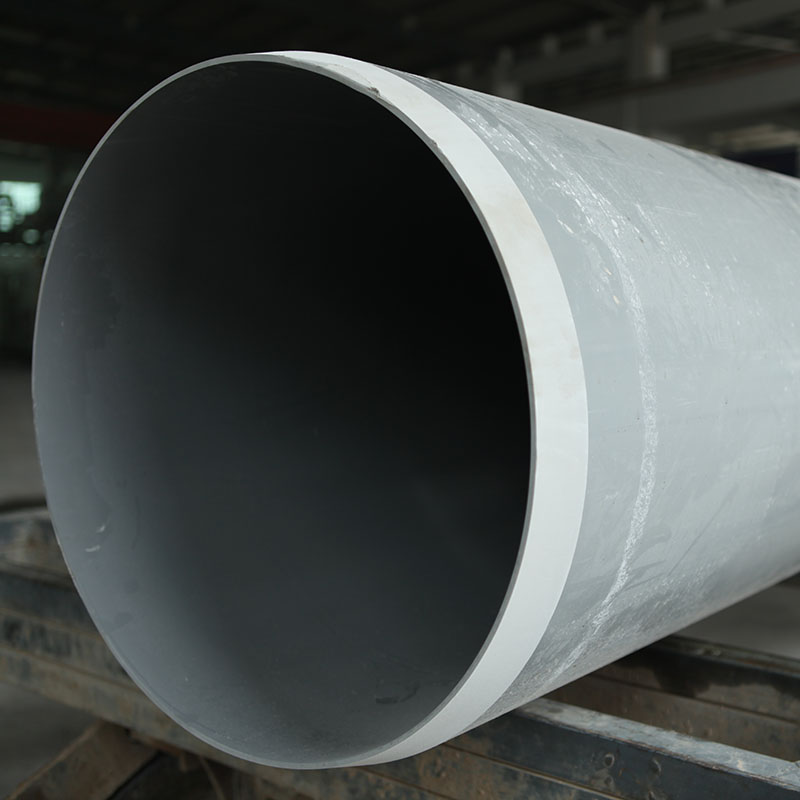11-р сар . 15, 2024 20:07 Back to list
hdpe pipe fittings
Understanding HDPE Pipe Fittings A Comprehensive Overview
High-Density Polyethylene (HDPE) pipe fittings are essential components in a variety of piping systems, renowned for their durability, flexibility, and resistance to various chemicals and environmental factors. The demand for HDPE fittings has surged across industries, including water distribution, oil and gas, and wastewater management, further underscoring their significance in modern infrastructure.
What is HDPE?
High-Density Polyethylene is a thermoplastic derived from petroleum. Its molecular structure gives it unique properties that make it suitable for a wide range of applications. HDPE is known for its high strength-to-density ratio, making it lightweight yet strong enough to withstand high pressure and harsh conditions. It is also resistant to corrosion, which significantly extends its lifespan compared to traditional materials like metal or PVC.
Benefits of HDPE Pipe Fittings
One of the primary advantages of HDPE pipe fittings is their flexibility. Unlike rigid alternatives, HDPE fittings can bend and adjust, allowing for easier installation in challenging environments. This flexibility not only simplifies the installation process but also reduces the risk of damage during transport and installation.
Moreover, HDPE fittings exhibit excellent chemical resistance, making them ideal for transporting a variety of substances, including acids and bases. This characteristic minimizes the risk of degradation over time, ensuring that the integrity of both the fittings and the fluids they carry is maintained.
Another benefit is their low weight. This makes HDPE pipe fittings easier to handle compared to heavier materials, which can reduce labor costs and enhance efficiency on the job site. Additionally, the smooth interior surface of HDPE pipes and fittings improves the flow rate and reduces the potential for clogging.
hdpe pipe fittings

Applications of HDPE Pipe Fittings
HDPE pipe fittings are used in various applications, primarily in water supply systems, irrigation, and sewage systems. Their durability and resistance to corrosion make them suitable for transporting potable water, ensuring that public health is protected. In irrigation systems, HDPE fittings are often used to maintain efficient water distribution, supporting agricultural productivity.
In the oil and gas industry, HDPE fittings play a crucial role in the transportation of hydrocarbons. They can withstand the pressures associated with these materials, providing a safe and reliable solution for energy companies.
Environmental Impact
With a growing focus on sustainability, HDPE is favored because it is recyclable. This means that at the end of their life cycle, HDPE fittings can be reprocessed and used to create new products, reducing waste and promoting a circular economy.
Conclusion
In conclusion, HDPE pipe fittings are invaluable in various sectors due to their unique properties, including flexibility, chemical resistance, and lightweight nature. Their applications in water distribution, agricultural irrigation, and energy transport underscore their versatility and reliability. As industries continue to prioritize efficiency and sustainability, the role of HDPE fittings will undoubtedly grow, maintaining their place as a cornerstone of modern engineering solutions. Embracing the benefits of HDPE technology is not just a choice; it is a step toward a more sustainable and efficient future.
-
Premium PVC Soft Sheets: Clear, Flexible & Durable
NewsAug.12,2025
-
Premium PVC Round Rods: Durable, Chemical Resistant, Easy to Machine
NewsAug.11,2025
-
PP U-channel: Chemical-Resistant, Lightweight & Durable
NewsAug.10,2025
-
Transparent PVC Pipe: Clear Flexible Tubing for Fluids
NewsAug.09,2025
-
Durable PP Rigid Sheet: Versatile & High-Quality Plastic Panels
NewsAug.08,2025
-
Premium Glossy PP Rigid Sheet – Durable & Versatile
NewsAug.07,2025

